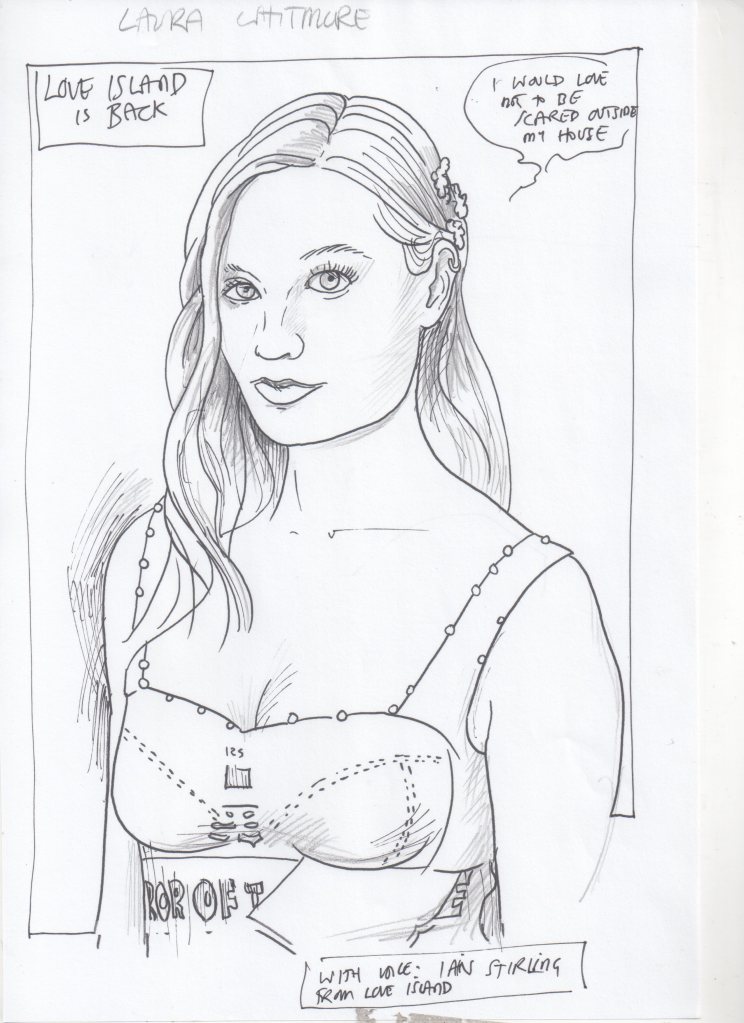
Category: art
Love Island starts again
Dr Who and icons
I wonder why there is no punctuation to the title? Maybe, the reason is that it would be a toss-up between an exclamation mark and a question mark. There would always be debate. Dr Who? Dr Who! Dr Who
In the early 1960s, the exclamation mark was slightly over-used. Think Oliver! Blitz! and Twang! (Maybe, just over-used by Lionel Bart)
The premise of the lengthy Who series is that it is possible to move through time. This may not be scientific reality at the moment, but it is a great plot device and can be traced back certainly to 1895 and to HG Wells’ Time Machine. The book deals with something that was resurrected almost exactly in the 1980’s with “Back to the Future”. There is even a simplification of the idea of 4 dimensions. The 4th dimension is defined in both pieces as “Time” -a bit of a simplification mathematically and scientifically, but it makes for a great device.
This is what HG Wells had to say,
Filby became pensive. “Clearly,” the Time Traveller proceeded, “any real body must have extension in four directions: it must have Length, Breadth, Thickness, and—Duration.”
and this is the same scene in “Back to the Future”, There are two great “aha!” moments. The first is when Marty is told to accelerate to 88 mph in the delorean towards a billboard that will not be in the way in 1885 and the second is when Doc uses a railroad track with an unfinished bridge that will be quite safe in 1985.
I do not think Dr Who or The Time Machine was primarily devised to be about Time Travel. Time Travel was a way to get characters from one environment to another, a contrast of societies. Time Travel was more integral to the plot of “Back to the Future”, though, with all the stuff about two versions of teh same person in the same space at the same time.
In Dr Who, however, the Doctor travels in a machine that specifically recognises the link between time and space, the TARDIS. The TARDIS is an updated Wellsian plot device and an updated time-machine. Its spacial confusion is a nice nod to the hypercube of course.
Physics works on the assumption that there are 10 dimensions (this is necessary for understanding string theory). Maybe more. Certainly more, in theory. In fact, Edwin A Abbot anticipated Wells by about ten years when he wrote “Flatland: A Romance of Many Dimensions,” where he describes the life of a square in a two-dimensional world. Later, the sphere and the square have problems interacting. Einstein talks about the 4th dimension as space-time.
The twighlight zone, or rather Rod Serling talked about a 5th dimension “beyond that which is known to man”. It seems a world of improbability but when we move to a higher dimension, we can look down on the jumbled mass squashed into 2d or 3d and untangle it a bit. It is like moving from the basic grid to a node view, or from moving away from a 2d graph to a 3d mockup.
In fact, art has been playing around with this concept for years. We understand the nature of linear perspective popularised in the renaissance but probably going back to, at least, the Roman empire of 70 AD Pompeii. However, the concept of inverted perspective that is central to the theology of the icon is probably much more interesting and can be traced back, I think, to as early as attempts in Pharoahic egypt, that is 20th century BC. We could call it art in bidimensionality, though arguably what happens in the Byzantine art of the 7th/8th century AD onwards is unique. It is a celebration of apparent disproportionality where objects and characters appear in a hierarchy of importance to, rather than of spacial integration in, a given scene.
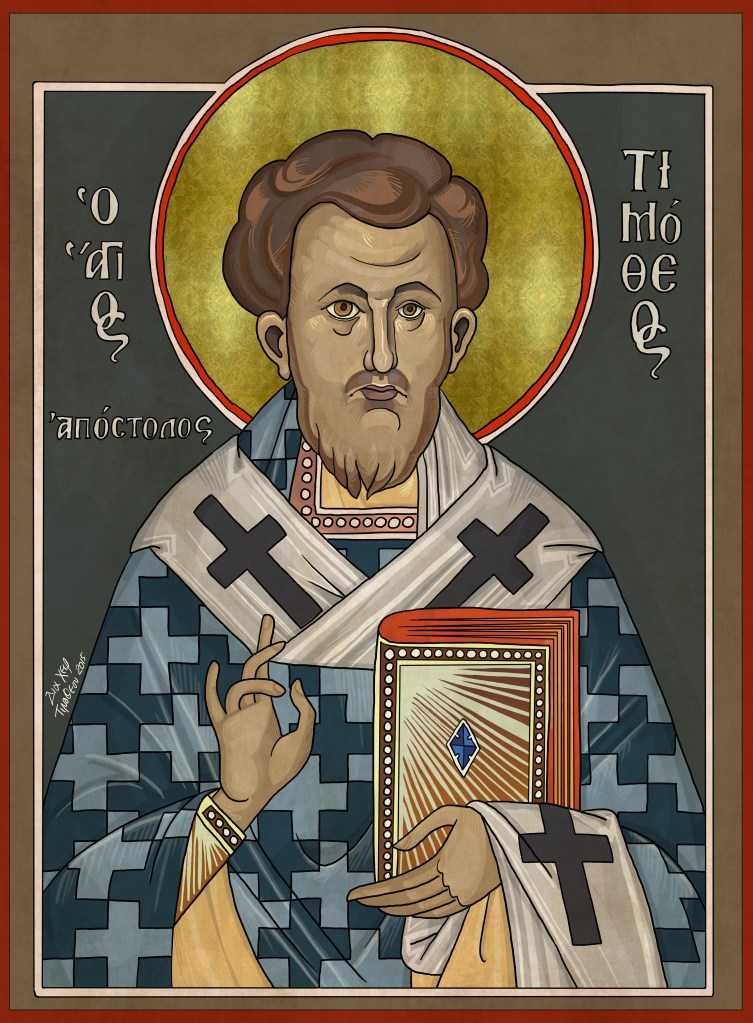
As in Mediaeval art, there is a tendency towards the vertical line, symbolic of ascent to paradise. We see this beautifully also in the work of Ervind Earle who designed Sleeping Beauty for Disney in the late 1950s and who, in turn, said he drew on Albrecht Dürer, Pieter Bruegel, Nicolaas van Eyck, Sandro Botticelli, as well as Persian art and Japanese prints. But he certainly also drew on the Byzantine form. Earle left Disney before Sleeping Beauty premiered but it is his film and his vision on the screen.



Inverse perspective together with the two-dimensional axonometric representations it encourages is sometimes decried and often misunderstood. What it does, though, is to place the viewer within the concept of the picture. If the vanishing point is shifted from some way BEHIND the image (let’s say 3feet), and, instead, is the same distance IN FRONT of the picture, then the viewer must be contained in that image.
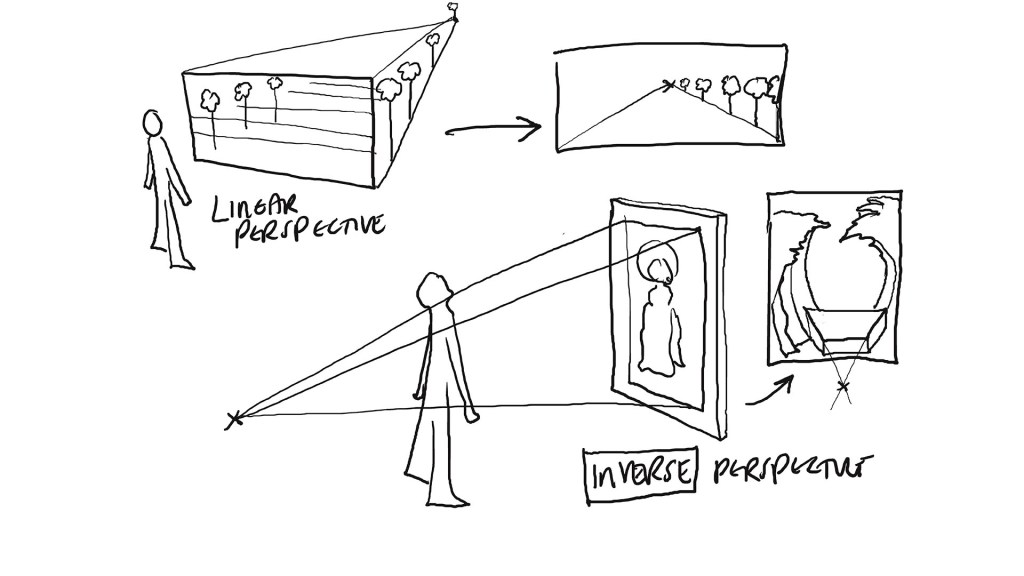
We have approached religious art as if we were a mathematician looking back from a 4th or 5th dimension at the limited reality constucted here. That is truly a sense of participating in a God-like view. I think it is probably one of the most brilliant inventions of modern art. It is, of course, a re-thinking of this tool that gives us cubism (that, for another day!). One day, I will demonstrate all this with some well-honed animation though I remember my efforts to do the same for the hypercube when I gave a talk to the physics’ department of my university about the physics of animation. (I was a bit shocked that so many of the students had no idea what I was talking about- whoops)
Kismet
There was a ridiculous attempt to re-stage “Kismet” a few years’ ago in the ENO. It is a shame that it went wrong because the original show and the Howard Keel film is wonderful in all ways. When the day is most dull, I find a few minutes of the old Vincente Minnelli film from the 1950s restores a healthy heart.
Even the wooden performance of the prince in the film is enchanting. “Take my hand, I’m a stranger in paradise.” There is plenty strange in that setting- a very strange cockerel in a bush, a strange white peacock and alot of strange fake grass. The prince is hardly out of place in the strangeness. Who cares! This is simply a glimpse at a 3d version of a persian minature. I am sure it influenced Richard Williams when he set out to devise “the thief and the cobbler”. After all, Williams also used a score overwhelmed by the crypto-Georgian composer, Alexander Borodin (Бородин).
There was a reworking of the show called Timbuktu! with Eartha Kitt in the late 1970s. It kept many of the big songs, though it lost the song I think is best…
Kismet certainly influenced me in the early 1980s when, in Oxford, there was a production of “Hassan” by James Elroy Flecker. It was the first play I designed for the Oxford Playhouse and the directors (there were two of them) wanted lots of painted backdrops. It was a disaster and the only time I have witnessed the downing of tools by a cast who observed correctly that there were more of them on stage than there were audience in the auditorium.
I remember, though, working day and night in the workshop on a 30 foot painting representing a city slum. In fact, hidden in the slum was a magical golden palace so I sprinked a few peacocks and various fantasy clouds of blue and pink oozing from hookahs. While I was painting, one of my friends came by and I explained this was a picture of a slum. From then on, he assumed that I was so divorced from reality that I believed poverty was a thing of camp glitter. A few terms’ later, in the summer, I think, I designed “the Mikado”. I am still rather pleased with the design actually, and found a few drawings for it the other day. One of the features was a gauze frontdrop that fell half-way through the 1st Act finale separating Katisha from the chorus which was fun to paint and to see.
In the same term, I also designed a garden show of a greek tragedy by Euripides called ION. It was all in Greek with a pastiche of a hatzidakis score by a man called Clive Thomms. He was very talented and I have no idea what happened to him afterwards. I painted the ION sets in the cloisters at my college- it caused a bit of a stir. Later I recreated the look in the dining room of a friend’s house just outside Oxford. It must have been a bit dark- it was a recreation of Red-figure vase painting.
Otherwise, that year in Oxford was dominated by demands from a weary Canadian director for audition after audition of pieces he was proposing to direct in the Oxford Playhouse. I got very good at making cardboard mock-ups of the stage there. I think the list ran something like King Lear, Julius Caesar, Man of La Mancha, Samson Agonistes, Macbeth, the Rivals and Duchess of Malfi. I miss those maquettes a bit. In the end, I had a basic model that I rebuilt again and again as desired. It was not until my second year that I started to get a good run of shows and then I was designing sometimes 3 or 4 plays a term and a good many more posters. By the time I got to designing Peter Pan, I think I had working lights on the model.

My favourite song in KISMET is “Not since Nineveh”. It is sublime. And “the fool sat beneath an olive tree..” is pretty good too. “Why be content with the olive when you could have the tree?” I love the irony of seeing the Caliph’s procession going back in the distance behind the main characters…This is simply Minnelli at his best and it is strange that Kismet is one of those films that is almost impossible to access today. Somehow, time has not favoured this classic.
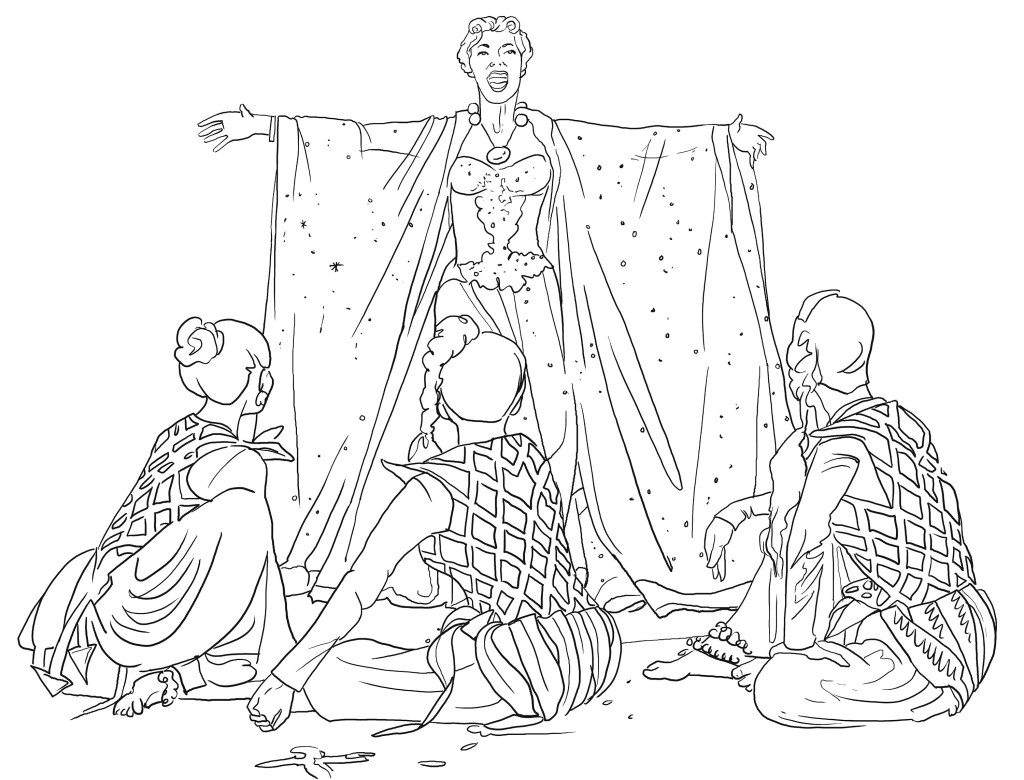

I remember seeing Delores Gray in the London production of “Follies”. She had quite a run of British action, appearing in The Good Old days and Dr Who but she also did a stint at RADA and the year she made Kismet, she also made “It’s always fair weather” a great Gene Kelly show. It is odd altogether. She makes “Kismet” sizzle. She is spectacular. In the past, I remember dismissing this film as kitch, but now I realise this is kitch with class. It is high camp as well as kitsch. There’s a good yiddish work (קיטש) by the way, so Shava Tova for today!
Happy birthday ROBIN

Check out my video on youtube here:
Boris learns from Putin
It is so worrying that our leader is clearly taking advice from President Putin. Before Christmas, he did a video Qand A and now he is exercising in public. I am concerned.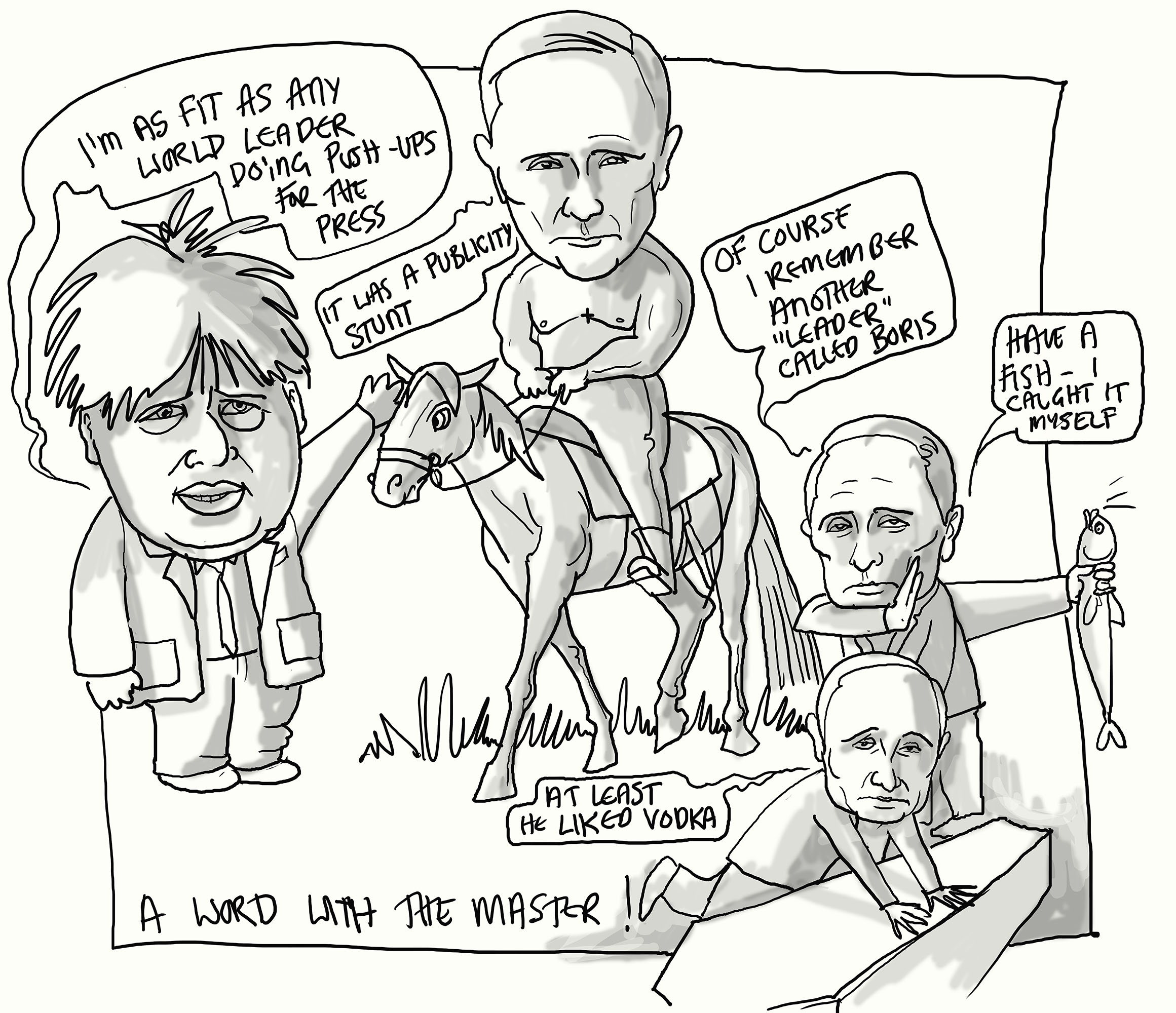
Dickens’ anniversary
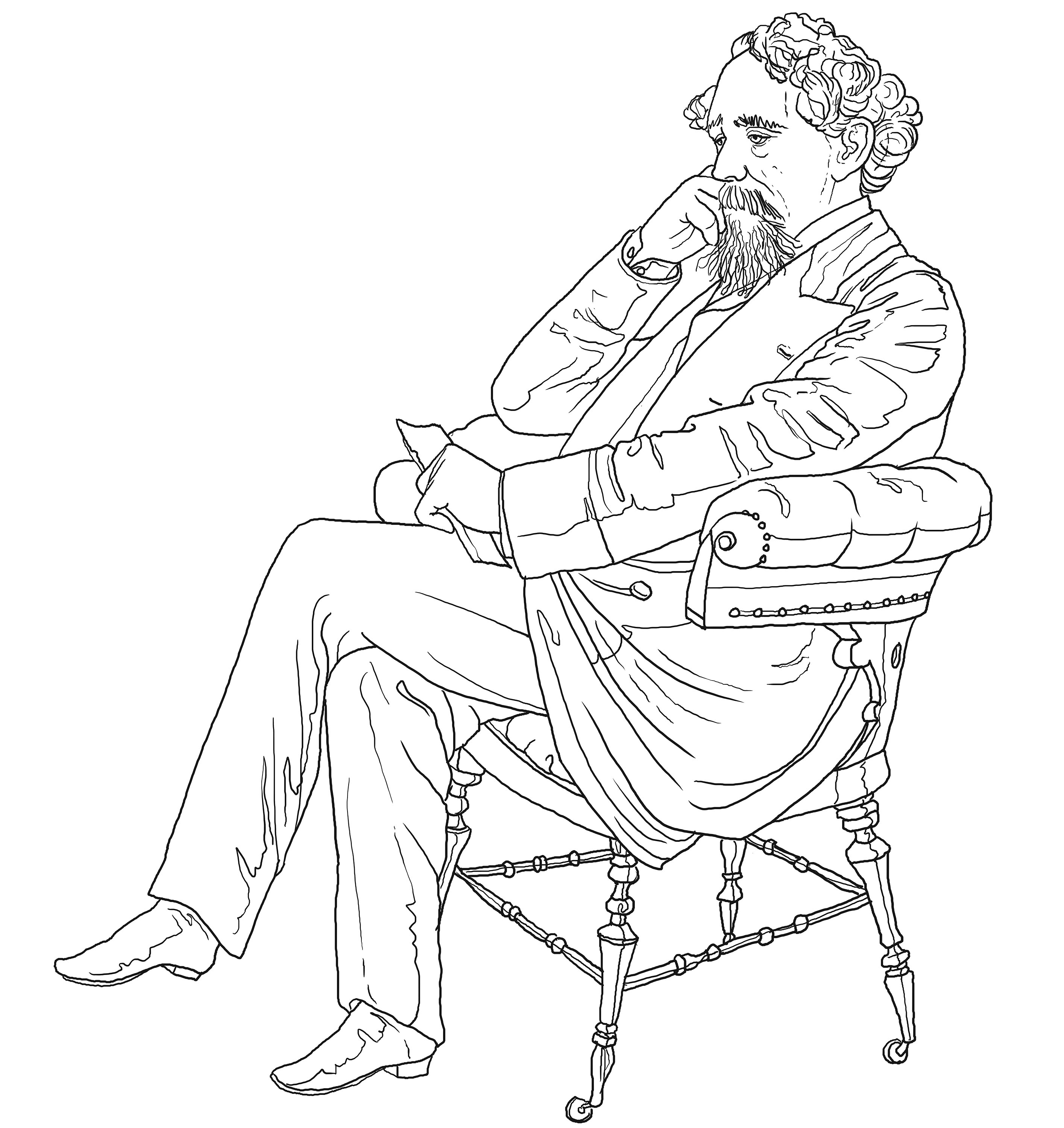

Edward Colston
Last night a statue in Bristol was pulled down in protest, and today the Cenotaph has been defaced. There have been protests in the past about statues, most notably about the statue of Cecil Rhodes in Oxford, but I think this is the first time we have had a Stalinesque or Sadaam Hussein moment where we have toppled imagery.

Like those dealing with 7th century Byzantine and Roundhead iconoclasm, the authorities of the day have not gone to the hub of the problem and it is essentially philosophical. Should we respect history- that is, record what is good and what is bad? Use the imagery as a source and draw a conclusion? The evidence is all around us and only by preserving it, can it ever make any sense. Pulling down statues, erasing pictures does not actually erase the history, though it might make it harder to access even if the statement itself may be of value. At its worst, therefore, we are in danger of obliterating, or hiding our past.
What is odd is that the iconic images of statues crashing down elsewhere is applauded while here Priti Patel wags her finger at the people who have defaced public property. Priti Patel has long been a figure of fun. This is not a cause that will win her much support or change her reputation particularly as she fails to identify the problem. As ever, with this makeshift secretary of state, she is out of touch and hides behind bluster and bullying. She actually expects to be taken seriously. She is the wrong person to deal with this problem.
The statue mess has not been a sudden decision. The BBC did a programme about Colston in February 2018
In Russia, the old communist statues have been gathered together and erected in parks. In ancient Rome, the heads of figures out of favour were generally lopped off and replaced, most famously with the colossal statue of nero. We instinctively know that public statues have a meaning. They are not simply decorations to our streets; they proclaim history in a three-dimensional way, both the good and the bad. In the case of Colston, his statue was put up to commemorate his huge effort to eradicate his 11-year association with slavery and the abominable trade of the RAC (its victims were branded with the acronym before they were transported and sold. This trading company had links up the highest chain of command in the country as its nominal boss eventually became king). He put money into charities, sat in parliament and endowed schools (particularly Colston’s girls’ school) in the area. And he was not the only one in 17th/18th century society who was clearly ashamed of his past and wanted to make good. Many people through these centuries had links with slavery- George Washington is a good example (cf Lucy Worsley’s “American History’s biggest fibs” – I will find a screen shot from one of the scenes I drew for that programme and post it here later! *TW).
WE have lots of questions to answer but pulling down a statue will not give us these answers. I think the biggest question must be about when the statue was erected. A man with a known history of association with slavery has a statue put up at the end of the 19th Century when only a few years’ earlier there had been a big effort to abolish slavery for good. What message were the businesspeople of Bristol sending? If there was an attempt to erase history, was it done then at the end of the 19th Century?
The problem is that nothing is ever quite so simple. Coulston was associated with the governing board of the RAC but there is no evidence that he was actually involved in slavery. Certainly, he might be said to have endorsed it. I think the arguments for pulling done the statue of Colston are less sound than the arguments about removing the statue of Cecil Rhodes from the facade of Oriel college in Oxford. Rhodes clearly had blood on his hands.
But images matter.
Otherwise, we would not be erecting statues in the first place.
This is what the museum in Bristol has to say about Coulston:
In March1680, he bought a share in the London-based Royal African Company. Only RAC members could trade with Africa, for gold, ivory and enslaved Africans. His father William also owned shares in the RAC, and supplied trade goods to its ships.
Edward Colston never, as far as we know, traded in enslaved Africans on his own account. We do not know how much profit he took from the RAC’s trade in enslaved Africans – he was paid dividends such as 50 guineas in July 1780, and 160 guineas in November 1685. He sold William, Prince of Orange, some of his RAC shares worth £1,000 in 1689, then bought more for himself. We do not know how much of his fortune was built up from his trade in wine and oil, or from investments or loans, or from money and property inherited from his father. What we do know is that he was an active member of the governing body of the RAC, which traded in enslaved Africans, for 11 years.
More on Gogglebox
I only watched Gogglebox to support Woody and his mother.

I drew furiously while watching it. It was very interesting. This, incidentally, was a picture of Woody and his mother watching “the Favourite”, certainly not a film I would have liked to have watched with my mother. But Woody was there with a quick “Oy oy!” He knows how to place these one liners.
Today, the media has been whipped up about what happened to Eamonn Holmes and rightly so.
I feel deeply for Eamonn Holmes partly because I was also the victim of some nasty editing on TV. In my case, this took place in Russia and what I had said was dubbed over with words that I never used at any point in my interview. The solution when I complained was to remove the entire episode from the live feed. Of course, I expected a better response from Gogglebox and I am pleased it has now been sorted out.
The Daily Mirror adds a very interesting line:
When one fan begged him not to take any notice of the trolls, Eamonn hit back: “Thank you SL …. but a lie unchallenged becomes the truth.”
Believe me, I can understand how wounded and upset Mr Holmes must have been. At the bottom of this page is a link to my story as reported by the BBC.
This is what the Mail on line have written this evening:
Celebrity Gogglebox have issued an apology to Eamonn Holmes after he slammed them for their editing of him during Friday’s show.
Eamonn took to Twitter calling out the show’s ‘idiotic and cruel choice’ to air a clip of him joking after a harrowing moment from the BBC series Ambulance, instead of a filmed clip of him discussing his father’s death.
Producers issued a grovelling apology on Saturday to the This Morning host, 60, in which they promised to edit future repeats of the episode.
In a statement shared on Gogglebox’s Twitter, they wrote: ‘We have apologised to Eamonn over what happened in this week’s episode. We understand and respect Eamonn’s feelings on such a deeply personal story
‘We have taken the decision to edit the episode for future repeats and All4. We look forward to working with Eamonn and Ruth for the rest of the series.’
Eamonn took to his own Twitter to re-share the statement and added his own comment.

He wrote: ‘For those who judged me wrongly. I think it’s important you read this. It was a bad edit and we move on with what should be a fun experience on what is almost always a very entertaining programme. Thank you @C4Gogglebox.’
He then shared the statement to his Instagram, but this time wrote: ‘After last night’s clumsy edit which led to a huge amount of distress and outrage to viewers ,myself and my family…. Thank you, We move on and look forward to making fun TV.’
Viewers were quick to react to the show’s apology and editing plan, with some praising the plan, while some still felt disappointed by their actions.
‘This is my favourite show and I feel let down by this! I’m pleased you have corrected your mistake’ tweeted one follower.
While another remarked: ‘Hope the damage & hurt you caused to @EamonnHolmes can be undone with this. I fear not. I’m so disappointed in my favourite show.’

A third Twitter user simply put: ‘Very very decent of you.’
‘I’m sure Eamonn and Ruth are big enough people to accept your apology and move forward, though I, for one, would understand if they chose to take no further part in the series. Your actions to edit future transmissions of this episode are correct. Just my opinion’ wrote a fourth.
‘Thank you. I messaged you earlier to do this. It was totally unacceptable to show what you did but I hope Mr Holmes can accept your apology’ commented a fifth person.
With another agreeing: ‘This is good see! I thought is was appalling the way they edited the episode! Hopefully they are more careful in the future!!!’
It comes after Celebrity Gogglebox was removed from the catch up service All4 in light of Eamonn’s outburst.
In the scene that Eamonn criticised, the celebrities were moved by a touching story where a child phoned 999 to report that her father was having a heart attack
Bizarrely, Eamonn was shown telling a story about how he drove his wife to the hospital when his son Jack was born. It was a good story and he explained that even while his wife was having contractions, she had to give him directions. The problem was that it appeared insensitive to be telling such a story in response to the very touching scene where a child gave his father life-saving first aid.
The stream of twitter criticism was intense:
One wrote: ‘@EamonnHolmes comparing taking Ruth to hospital to have a baby – with a 10 year old lad doing chest compressions on his dad that’s just had a heart attack – is beyond belief!’
Another shared: ‘Did Eamonn Holmes just compare driving his wife to hospital to a 10 year old child giving chest compressions to his dying dad on #CelebrityGogglebox? Unreal…’
I am reminded of the story told about the Cure D’ars and the girl who spread gossip. It is impossible to fully repair the damage done. It does not even have to have been done deliberately. The fact that it was done is enough. In the story of the Cure d’Ars, the girl is asked to pluck a chicken as she walks along the road and when she gets to the church, the cure tells her to go back and pick up all the lost feathers. “That would be impossible”, she replies and he agrees. That is the problem with gossip. that is why it is so important to get things right. The Mail finishes its story by printing these two telling tweets from Eamonn Holmes.
However, the presenter did not ignore the trolls and instead hit back with: ‘Please read my posts. I’m then expecting an apology or an understanding from you ….. or are you not man enough ?’
In another tweet he penned: ‘I’m devastated that the Boy, the Ambulance Service and my whole family have been hurt by this …. sometimes I despair at decision making in TV.’
My story can be found here:
https://monitoring.bbc.co.uk/product/c200wjny







I can think of only one successful example where dubbing completely different text over a tv dialogue was both efficacious and right.

Gogglebox
I had never watched this show before and it was an interesting experience. It was certainly lovely to see Woody and Zoe, and also Nigel Havers, Maureen Lipman, Gyles Brandeth and Millie Fox – I remember her from way-back in Oxford when she performed in a series of shows that I designed and I have vivid memoried of Maureen Lipman singing and dancing in “Wonderful Town” at what was then called the “Queens theatre”., and has now been renamed and houses the new version of Les Miserables.
I did some drawings which I am adding here.
The show has sparked some controversy. Some of it is silly, about the perception of “social distancing” but there is a more worrying story. Hence, I suppose, it is currently off-line and evidently being re-edited. Certainly, it would explain a jarring/ uncomfortable moment in the episode.

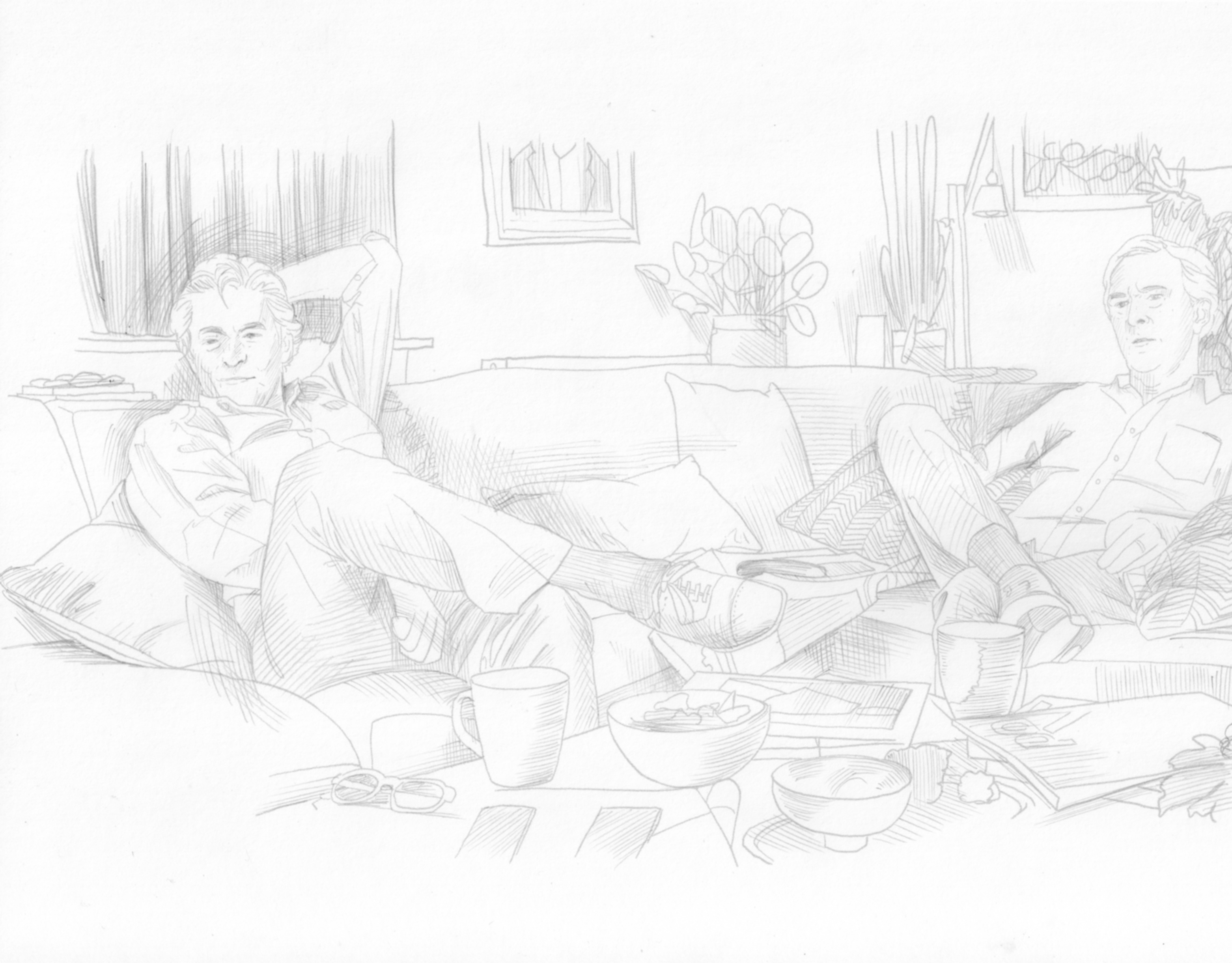
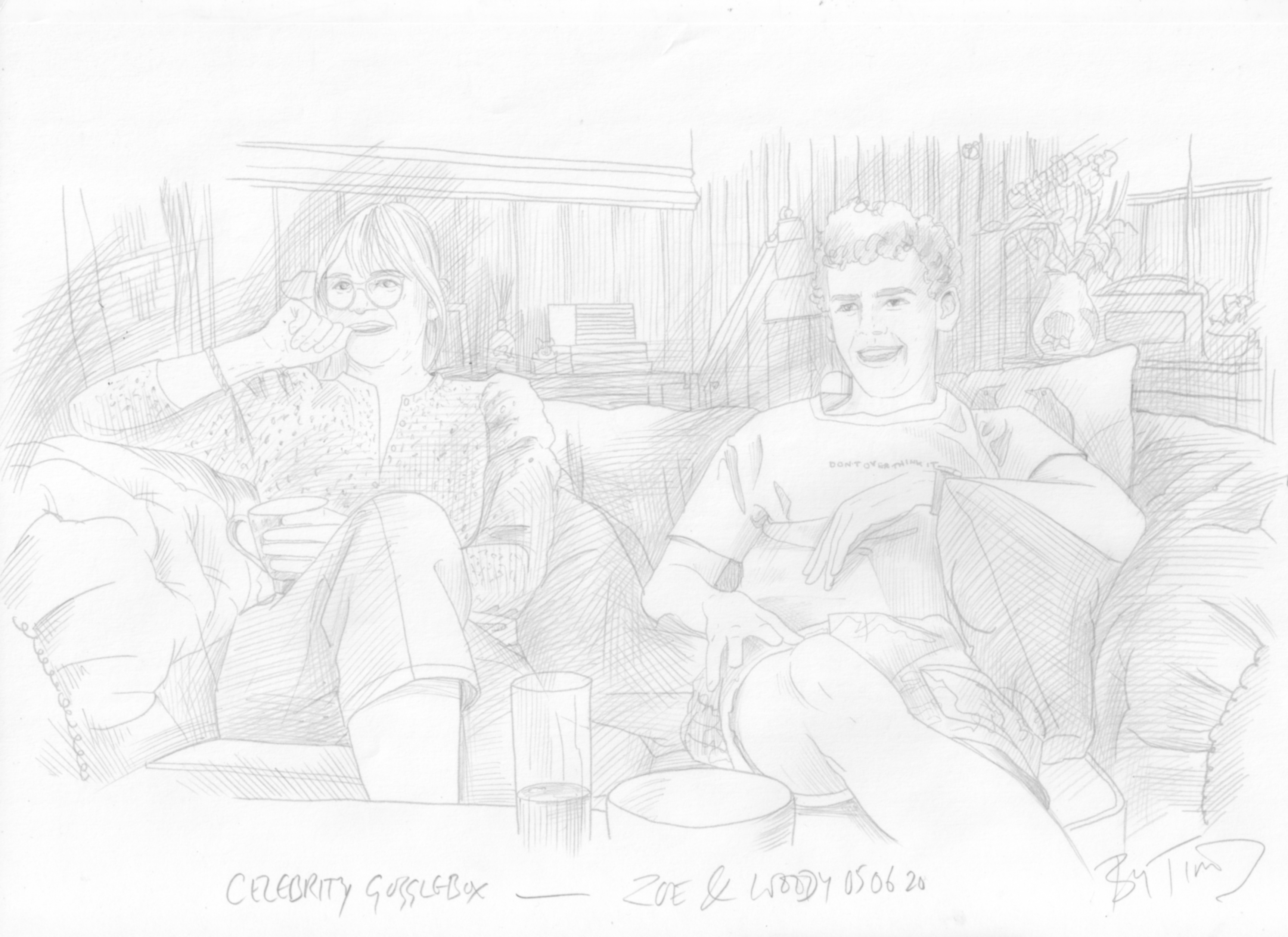

For the record, this is how some of the press have reported the story:
This is from a site called “DIGITAL SPY”
The assortment of celebrities – which also included the likes of Joe Swash and Stacey Solomon, I’m a Celebrity winner Harry Redknapp and his wife Sandra, and Martin and Roman Kemp – were shown a devastating clip from the accident and emergency show, in which a 10-year-old boy had to resuscitate his dad after he suffered a heart attack.
Thankfully (and amazingly), the boy was able to bring his father back to life by performing CPR.
The moment had a huge impact on Eamonn, whose father died of a heart attack.
However, the This Morning presenter was furious to discover his emotional comments about his dad’s death had been edited out of the episode, replaced instead with a joke he made about driving wife Ruth Langsford to hospital when she went into labour.
“In reply to a number of complaints, I am hurt beyond belief that @C4Gogglebox chose not to use me talking about my father dying from a Heart Attack at the side of a road and replace it with a funny story following a young lad giving his father CPR. Idiotic and cruel edit,” Eamonn tweeted after the episode.
In reply to a number of complaints ….
I am hurt beyond belief that @C4Gogglebox chose not to use me talking about my Father dying from a Heart Attack at the side of a road and replace it with a funny story following a young lad giving his Father CPR . Idiotic and cruel edit.

